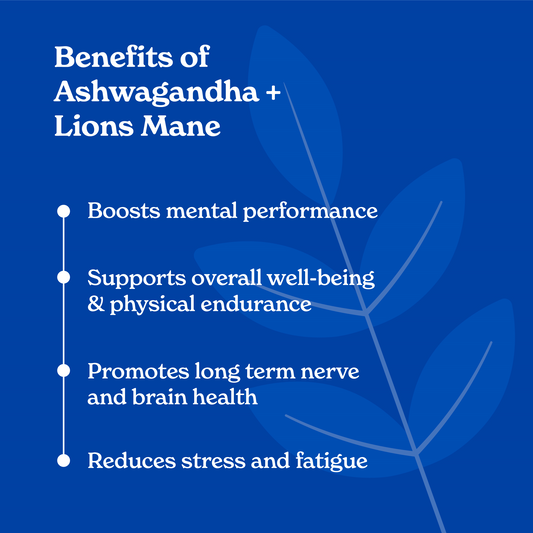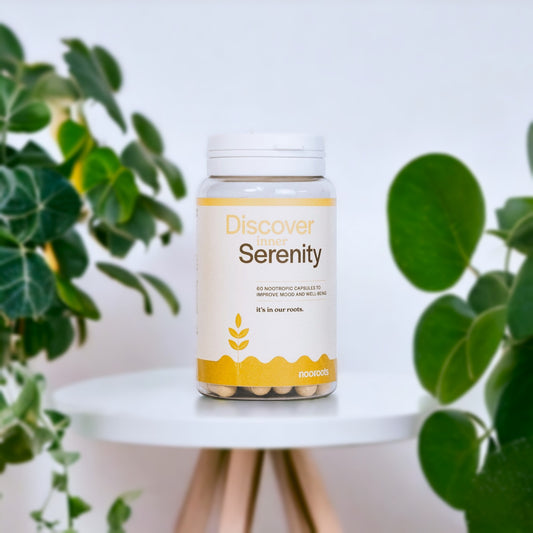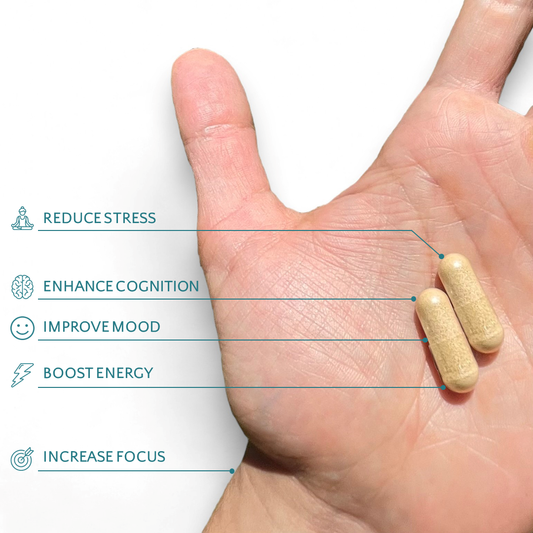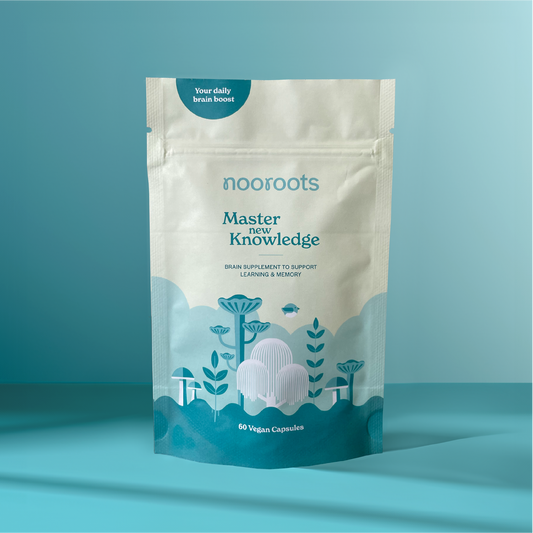Açaí (Euterpe oleracea Mart.) and guaraná (Paullinia cupana Kunth) are two native fruits of the Amazon rainforest that have long held a place in traditional Amazonian medicine. Revered for their rich phytochemical profiles, both are known for their potent antioxidant and anti-inflammatory effects—two mechanisms closely linked to brain health and longevity.
In this post, we’ll explore recent scientific insights into their neuroprotective potential, highlighting findings from a 2023 study published in the Brazilian Journal of Pharmaceutical Sciences. Specifically, we’ll look at how compounds in açaí and guaraná may help protect neurons from oxidative damage and inflammation—key processes in the development of neurodegenerative diseases.
Could these Amazonian superfruits play a role in preventing or slowing conditions such as Alzheimer’s and Parkinson’s disease? Let’s take a closer look at the evidence.
Table of Contents
- Background
- Study Overview
- Results
- Discussion
- Conclusion
Exploring the Neuroprotective Benefits of Açaí and Guarana

Background
For centuries, açaí and guaraná have been integral to the diet and traditional medicine of Amazonian communities, valued for their ability to sustain energy and support overall vitality.
In recent decades, these fruits have gained worldwide attention, becoming staples in the health and wellness industry. Açaí is often recognized for its dense nutritional profile—rich in anthocyanins, healthy fats, and fiber—and its potential to support cognitive and cardiovascular health. Guaraná, on the other hand, is renowned for its natural stimulant properties, primarily due to its high caffeine content, along with compounds like theobromine and theophylline that contribute to sustained alertness and focus.
Beyond their traditional and nutritional appeal, both açaí and guaraná are notable for their strong antioxidant and anti-inflammatory activities. These properties help combat oxidative stress and chronic inflammation—two underlying processes in aging and neurodegeneration. As modern research continues to validate these effects, açaí and guaraná are emerging not just as superfoods but as promising candidates in dietary and therapeutic strategies for brain health and disease prevention.
Study Overview
A 2023 study published in the Brazilian Journal of Pharmaceutical Sciences, titled “Neuroprotective potential of the Amazonian fruits Euterpe oleracea Mart. and Paullinia cupana Kunth” by Gabriel Nóbrega da Costa, Letícia Yoshitome Queiroz, Isaque Nilton dos Santos, and Helena Iturvides Cimarosti, examined how compounds in açaí and guaraná might help protect the brain from neurodegenerative damage.
The research investigated their potential benefits against diseases such as Alzheimer’s, Parkinson’s, and Huntington’s—conditions characterized by oxidative stress and chronic neuroinflammation. Using both in vitro (cell culture) and in vivo (animal model) experiments, the study assessed how bioactive compounds from these fruits influence key biochemical pathways involved in neuronal survival and inflammation.
By focusing on antioxidant and anti-inflammatory mechanisms, the researchers provided evidence that açaí and guaraná could modulate molecular processes linked to neuroprotection, highlighting their promise as natural agents for supporting brain health.
Results
The study found that both açaí and guaraná show strong potential in protecting the brain by reducing inflammation and oxidative stress—two key drivers of conditions such as Alzheimer’s and Parkinson’s disease. Here’s a summary of the main findings:
Cell Studies
- Açaí Extract: When brain cells (PC12) were exposed to a harmful protein, treatment with açaí extract (0.5–50 µg/mL) helped the cells stay healthier and prevented them from clumping together—an effect often linked to neurodegenerative damage.
- Açaí Extract and Mitochondria: In another experiment using SH-SY5Y brain cells, açaí extract (5 µg/mL) boosted mitochondrial activity—the process by which cells produce energy—and lowered harmful reactive oxygen species (ROS) by over 40%. This reduced overall cell damage.
- Guaraná Powder: When SH-SY5Y cells were treated with guaraná powder (0.312–0.625 mg/mL) and then exposed to a toxin, the cells showed higher survival rates, suggesting guaraná’s ability to protect against cellular stress.
- Guaraná Extract: In tests using Caenorhabditis elegans (a research model for studying aging and neurodegeneration), guaraná extract (10–50 mg/mL) slowed paralysis caused by toxic protein buildup and reduced harmful protein clumping in the worms’ cells.
Animal Studies (in vivo)
Açaí in Young Rats:
- Setup: 10-day-old Wistar rats were exposed to hydrogen peroxide (H₂O₂), a compound that causes oxidative stress, and treated with frozen açaí pulp.
- Results: Açaí reduced oxidative damage and boosted the activity of protective antioxidant enzymes, catalase (CAT) and superoxide dismutase (SOD).
Açaí in Adult Rats:
- Setup: 90-day-old Wistar rats were given a toxic chemical (CCl₄) and treated with açaí pulp for 14 days.
- Results: Açaí protected key brain regions—the cortex, hippocampus, and cerebellum—by maintaining antioxidant enzyme activity and lowering harmful substances.
Açaí in Elderly Mice:
- Setup: 19-week-old mice received lyophilized açaí powder for six weeks.
- Results: Açaí lowered markers of oxidative stress (NOX2 and NF-κB) and boosted protective responses in the cortex and hippocampus, areas vital for memory and learning.
Açaí in Rats with Depression-like Symptoms:
- Setup: Male Swiss rats were given lipopolysaccharide (LPS) to induce inflammation and treated with clarified açaí juice for four days.
- Results: çaí prevented neuron loss, increased expression of a protective gene (TERT mRNA), and reduced depression-like behavior.
Across cell and animal studies, both açaí and guaraná demonstrated significant neuroprotective effects—reducing oxidative damage, preserving neuron function, and enhancing the brain’s natural defense systems. These findings support their potential as dietary supplements that may help maintain brain health and resilience against neurodegenerative processes.
Discussion
These findings carry meaningful implications, reinforcing what many studies have already shown—that antioxidants and anti-inflammatory compounds play a vital role in protecting the brain from damage.
The strong antioxidant and anti-inflammatory actions of açaí and guaraná suggest they could help slow the progression of neurodegenerative diseases and support healthy cognitive function.
That said, the study also highlights important limitations. While the results from cell and animal models are promising, large-scale human clinical trials are still needed to confirm these effects, identify the best dosages, and determine how these fruits are most effectively consumed.
Future research should aim to clarify exactly how açaí and guaraná protect brain cells at the molecular level, and whether long-term use is both safe and beneficial in humans.
In practical terms, these insights could guide the development of supplements or functional foods that naturally support brain health. Regularly including açaí and guaraná in the diet may offer a simple, accessible way to help strengthen the brain’s defenses and promote overall well-being.
Conclusion
This study highlights the strong neuroprotective potential of açaí and guaraná, showing their ability to reduce inflammation and oxidative stress—two key factors in the development of neurodegenerative diseases.
The results support continued exploration of these Amazonian fruits as natural options for maintaining brain health and managing disease risk. Further research is needed to better understand their mechanisms and fully unlock their therapeutic potential.







